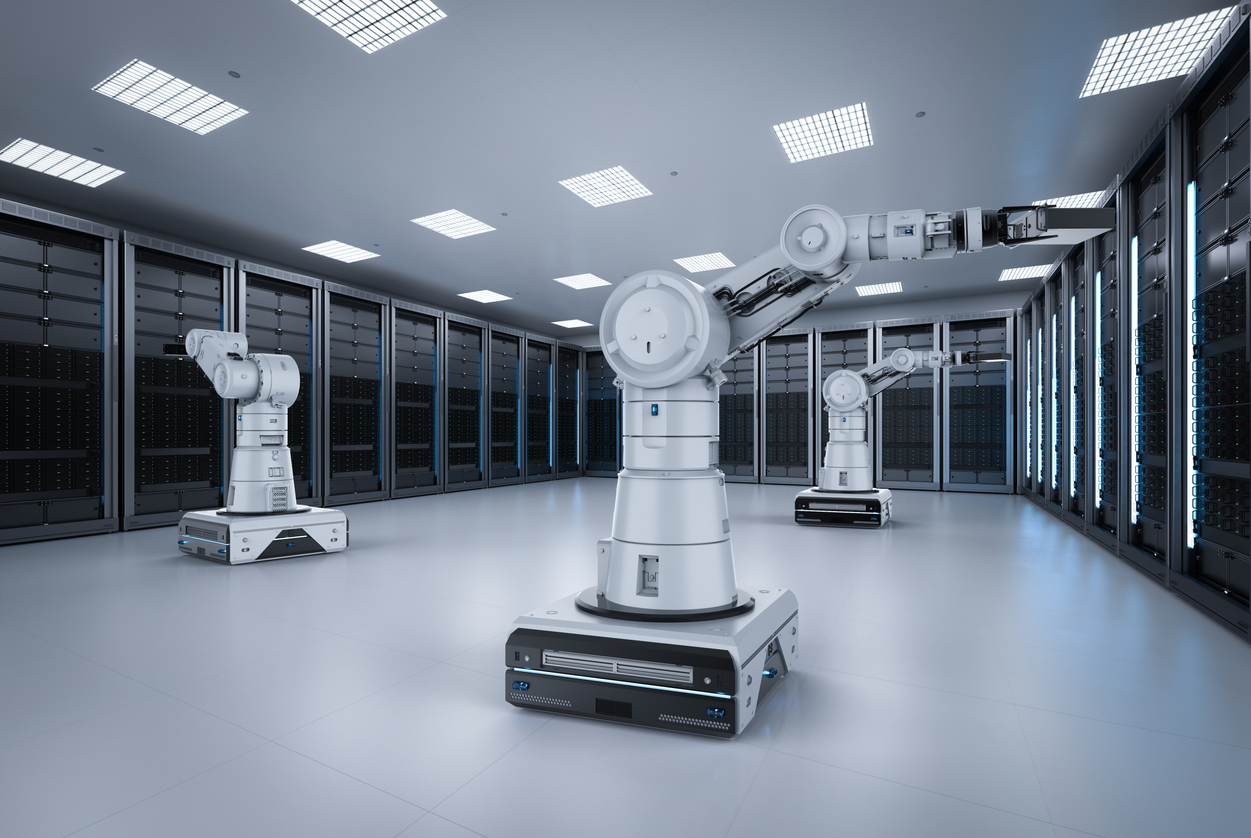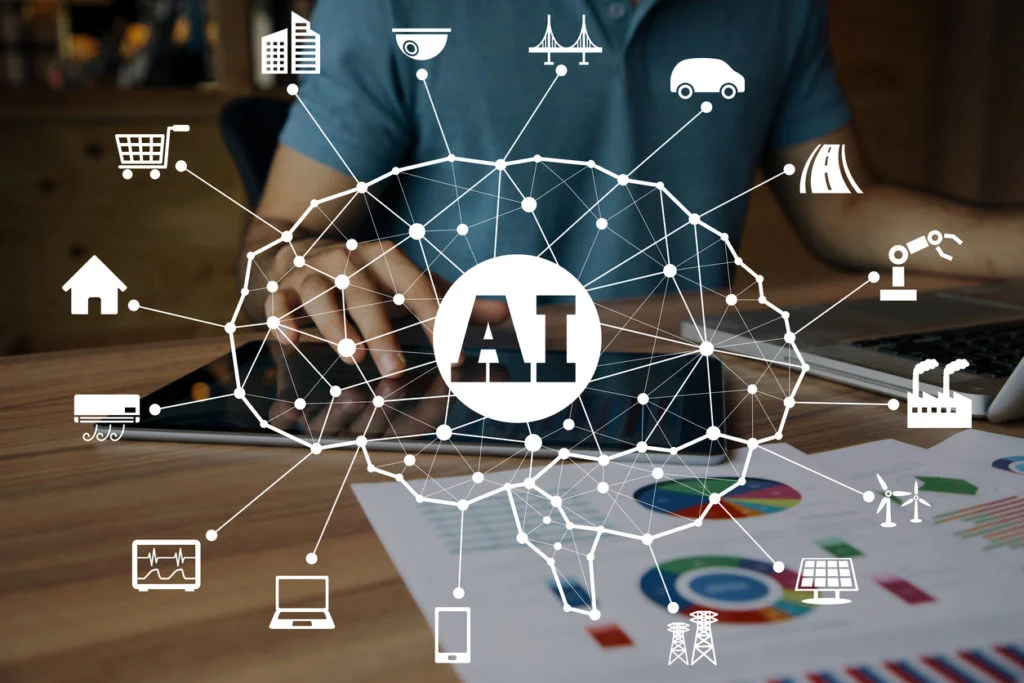The current business environment is changing rapidly. Global commerce, the internet of things (IoT), and mobile apps all contribute to massive amounts of data that need to be stored, managed, devoured, and analyzed for new opportunities.
Unfortunately, the existing servers, drives and networking components in many organizations today are too old, laggard and rigid to meet the demands of a modern data center. Additionally, the lack of modern security technologies in outdated infrastructure makes it difficult for IT to manage and secure resources. Most worrying of all is the need for more frequent updates and patches. The high likelihood of failure in outdated infrastructure makes maintenance costlier. This necessitates the purchase of newer, more robust devices. All of this leads to higher operational expenditure (OPEx).
For the above reasons, it is critical to upgrade infrastructure components in a data center to improve its efficiency and performance, while decreasing its Total Cost of Ownership (TCO). There are three infrastructure components to upgrade in a data center—servers, storage, and networking. These upgrades aim to meet the changing needs of your business while increasing performing and efficiency and lowering the Total Cost of Ownership (TCO).
Two upcoming technologies that aim to meet data center’s server, storage, and networking needs while giving a lower Total Cost of Ownership (TCO) are artificial intelligence (AI) and blockchain. The ways AI and Blockchain can help increase efficiency and decrease TCO for a data center are discussed in the following sections.
AI in Data Center—How Artificial Intelligence Can Increase Efficiency and Decrease TCO for a Data Center
Much of the technology conversation today centers around artificial intelligence (AI). First defined at the 1956 Dartmouth Artificial Intelligence (AI) conference, the concept of AI was originally introduced to build machines that could replicate human learning and intelligence. However, AI has evolved since then to become a broad term that can refer to one of the following things:
Machine Learning—This ability of machines to learn and improve from experience without being explicitly programmed.
Neural Networks—A network of simple elements called artificial neurons that process information in a way similar to the human brain.
Deep Learning—A machine learning methodology that teaches computers to ‘learn by example’.
Progress in machine learning and deep learning can be credited for most of the recent revolutionary development in artificial intelligence (AI). Today, there are many practical and wide-ranging uses of AI, with the use of AI in data centers being one of them. More and more organizations today are looking to leverage the AI technology in their data centers to improve efficiency and performance while lowering costs. Following are some ways AI can help increase efficiency and decrease TCO for a data center.
1. Energy Efficiency
A good amount of energy is consumed by data centers. While a lot has already been done to control energy use in data centers, a lot more remain to be done for improving energy efficiency while meeting the ever-increasing need of organizations for computing power. One company that has been focused on lowering energy usage in its data centers is Google.
Not only has Google built super-efficient servers for its data centers, but it has also found ways to keep these data centers cool without having to pay high costs. Using DeepMind’s deep learning technology, Google has managed to reduce its data center cooling costs by 40%. DeepMind technology can have the same result for any other large-scale energy-consuming environment. Hence, it is being considered by many businesses today to improve their data center energy efficiency through AI deployment.
2. Server Optimization
The potential to improve energy efficiency in a data center with AI deployment proves the viability of AI implementation in data centers. Another opportunity that AI can enable in the data center is optimizing server storage systems. With server optimization through AI, an organization can improve processing times, minimize risk factors, and support predictive analytics to identify potential problem areas. For optimized performance, deep learning and machine learning tools in data center can be fed with anything that produces data, making it easier to manage and predict data center loads.
3. Capacity Planning
With data centers, you need to be as accurate as possible. This means knowing the number of servers you require, the amount of cooling you need, and the amount of power required. All of this is part of capacity planning—a critical process for organizations building new data centers. With machine learning—an application of AI—you can forecast demand to ensure that you accurately meet the requirements for power, space, IT resources, and cooling. Not only will this keep your data center efficient and performing up to expectations, but it will also help you to decrease your data center’s TCO.
4. Risk Analysis
A critical use of AI—or machine learning to be specific—in the data center is risk analysis. The reason for this is that risk analysis using machine learning can help an organization to spot irregularities and prevent downtime in a data center. Other benefits of risk analysis using machine learning in a data center are improved cybersecurity and improved resiliency due to the ability to model different data center configurations. It also facilitates predictive maintenance which eliminates the need to perform maintenance at regularly scheduled intervals.
5. Security and Maintenance
With AI, it is possible to automate security and maintenance tasks in a data center in the future. Today, the data center staff has manually secure servers when the security of a data center is breached. Other tasks performed manually in a data center include maintenance work such as getting rid of malfunctioning storage devices or servers. Data centers can become self-reliant for a lot of these tasks if AI-enabled robotics are thrown into the mix. By guiding robots to perform the maintenance work, AI can ensure higher quality of service (QoS) at any data center while keeping the operational costs low.
6. Collaboration with Robotic Automation
With AI-enabled robotic technologies, organizations can derive insights to not only modify workflows or improve performance in their data centers, but also modernize their physical infrastructure. By applying both AI and robotic automation, organizations can significantly reduce human involvement in their data centers. AI-enabled robotic automation hardware can be deployed in data centers to allow these centers to efficiently respond to requests, analyze them and make any adjustments required.
As seen above, AI can help to create more efficient, cost-effective, and secure data centers. Another technology with the potential to do the same is blockchain. In the next section, we discuss the impact of blockchain on the efficiency and TCO of data centers.
The Impact of Blockchain on the Efficiency and TCO of Data Centers
A technology that has the potential to transform data centers is blockchain. Today, there are a large number of users looking to retrieve data in real time. This is requirement that traditional data centers find incredibly hard to fulfill and keep up with. With the dramatic increase in the use of big data, the pressure on data center to accommodate more users by increasing their data transmission speed has also increased.
To meet the above requirement, many organizations are changing the primary function of their data centers from storage to real-time data analysis on demand. As a result, blockchain is becoming an increasingly attractive option for use in data centers. The power needs of blockchain are driven by mining. This divides the blockchain costs between energy costs, paying for the server compute, and renting the server space, with energy costs taking up most of the variable costs. Following are some of the ways blockchain can impact the efficiency and TCO of data centers.
1. Infrastructure to Support the Required Traffic
Modern data centers need to have a network architecture that is efficient enough to handle the spikes in traffic that they often experience. Once data centers have the infrastructure to support the required traffic, they will be able to secure their data more effectively. A solution that is becoming increasing popular for this purpose is blockchain.
Using cryptographic methods, blockchains can distribute data across multiple servers. This makes hacking them difficult. While they were originally designed for the financial sector—cryptocurrencies to be specific—blockchains are now being used in other areas for data security purposes. The first to adopt blockchains as a security measure were data centers that store sensitive data.
2. Increased Data Center Applications
Implementing asset management, cooling, virtualization, and capacity planning on the blockchain is possible for data centers with smart contracts. The outcome of this is time and cost savings. In the future, organizations with data centers can look forward to even more blockchain-based applications.
3. Enabling Data Center Architecture of the Future
Cloud computing—a technology enabling virtualized data centers—is currently centralized. However, in the future, the cloud could be present in parts that are spread all around the world. In fact, this technology is already being developed by researchers using blockchain. This means that the blockchain technology could bring fundamental changes to data center architecture of the future.
4. Meeting Future Demands of the Data Center
The growing number of connected devices and the proliferation of 5G networks means that data centers will need to have an infrastructure in the future that can support a large number of devices with internet connectivity. Additionally, the infrastructure should be able fulfill the demands of increased traffic and secure storage during this process. Blockchain will not only help data centers to meet these demands, but it will also allow them to improve the security of their data storage.
Concluding Remarks
As technology and the requirements of data centers continue to evolve, no one has all the answers yet on how to enable increase efficiency and performance and lowered Total Cost of Ownership (TCO) in a data center. However, disruptive technologies such as artificial intelligence and blockchain offer a potential solution to organizations that are looking to have a positive impact on the efficiency and TCO of their data center.
At Achievion, we can build AI software and apps as well as blockchain platforms that can help organizations to increase efficiency of their data centers while reducing the costs needed to keep them running.







![How to Use ChatGPT for Real Estate [2024 Guide]](https://achievion.com/wp-content/uploads/2024/03/How-to-Use-ChatGPT-for-Real-Estate-2-1024x573.png)

